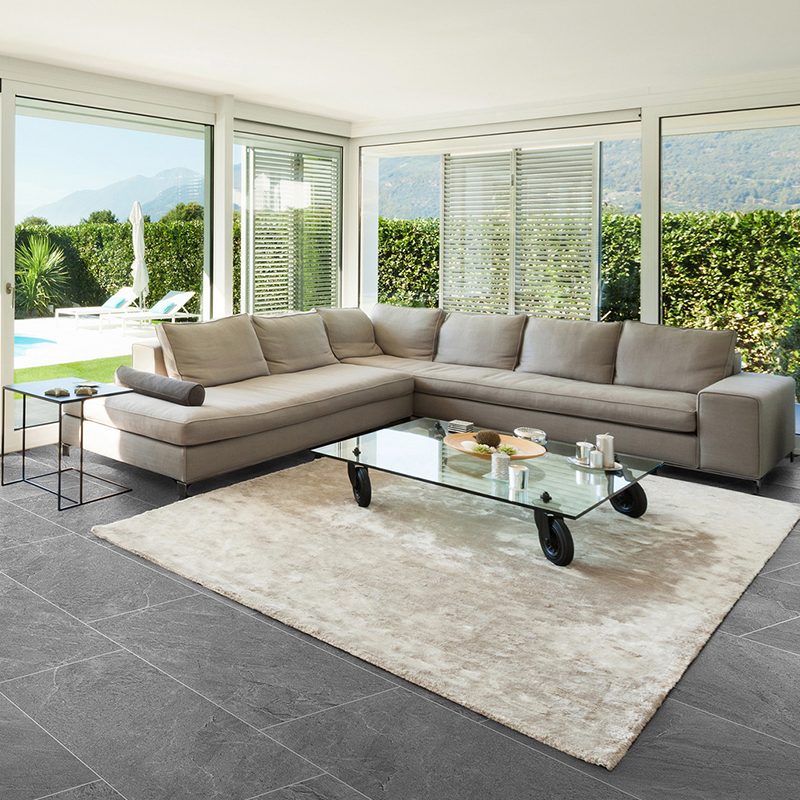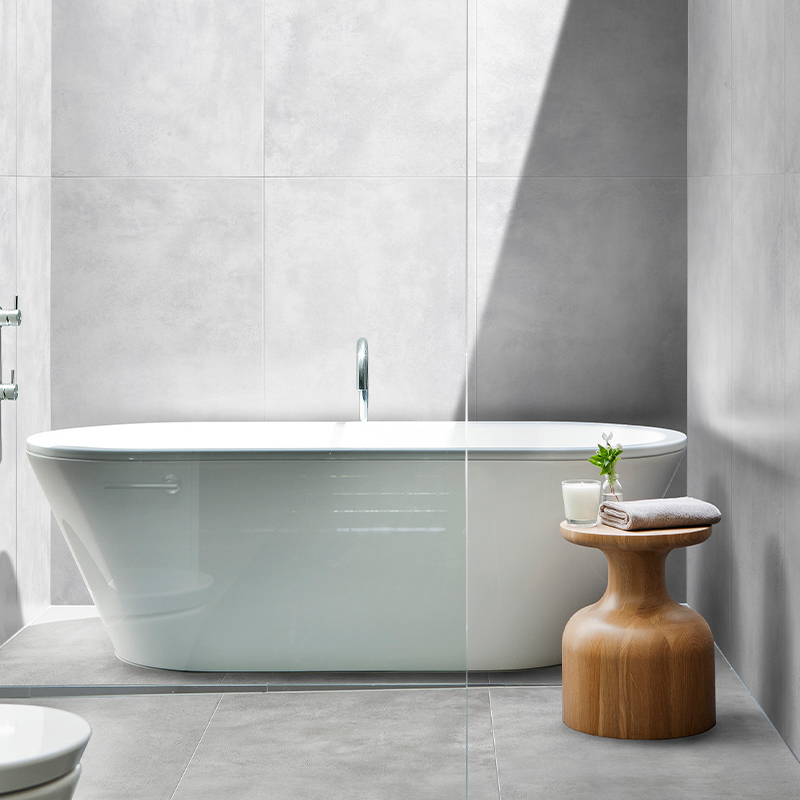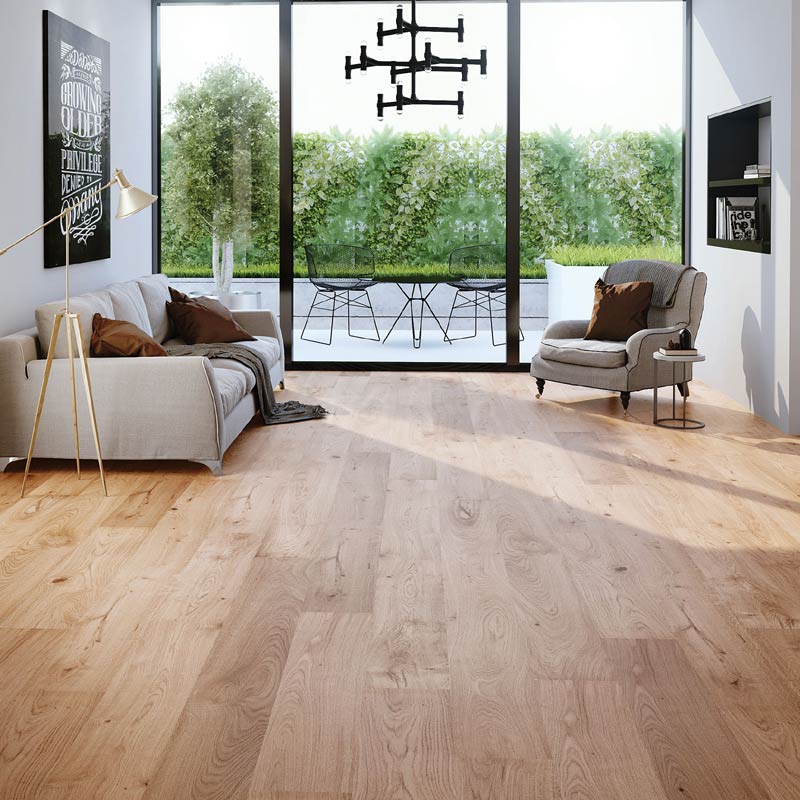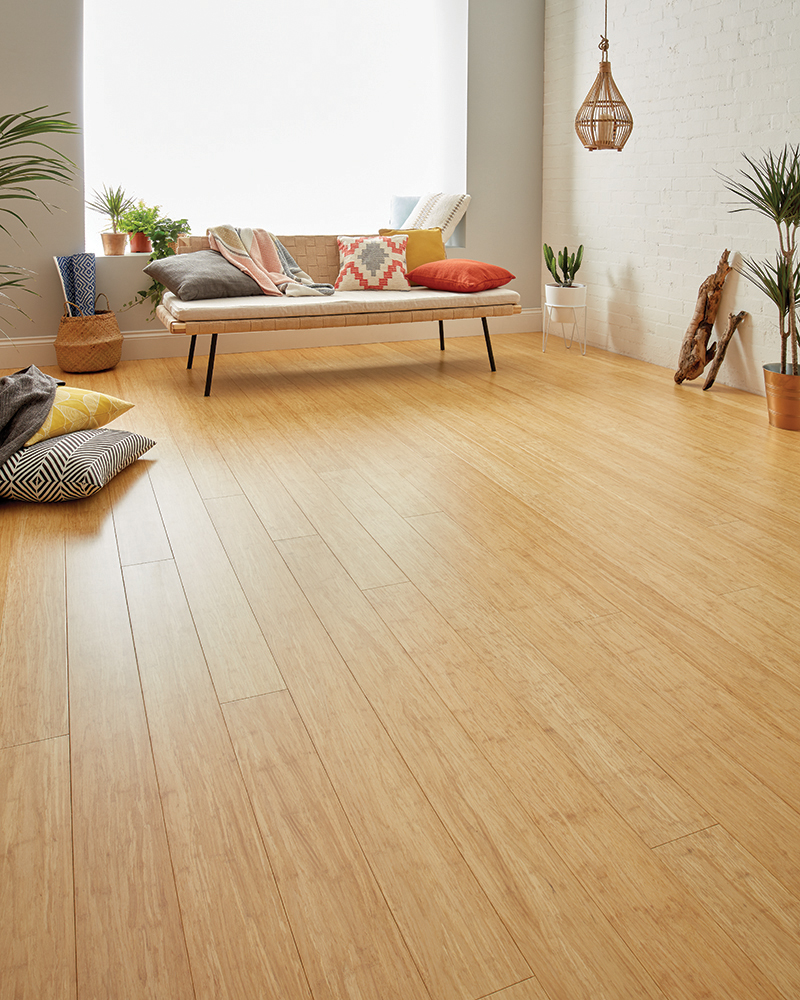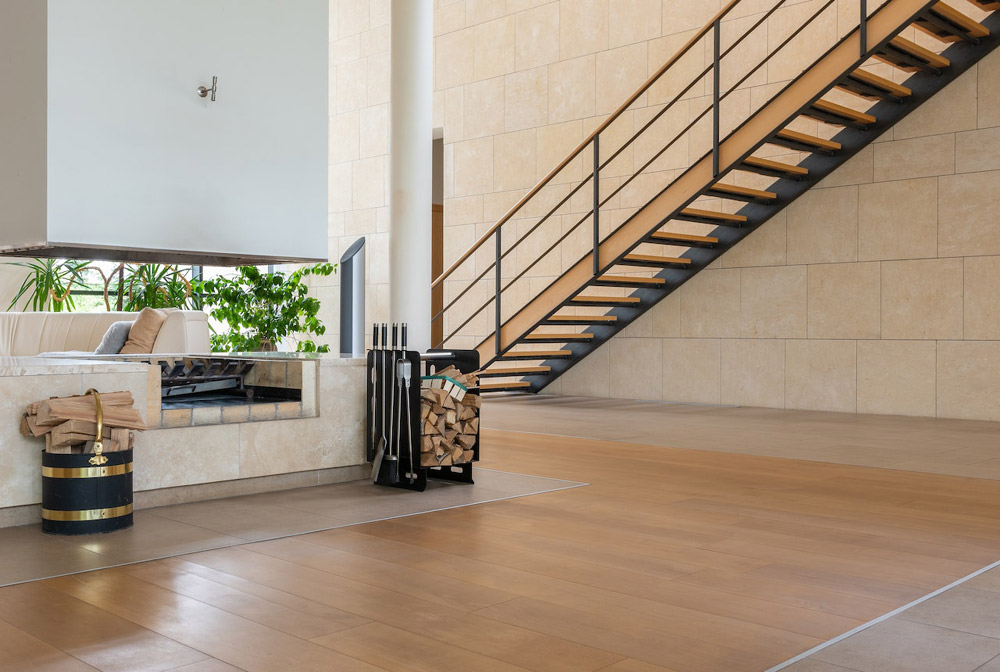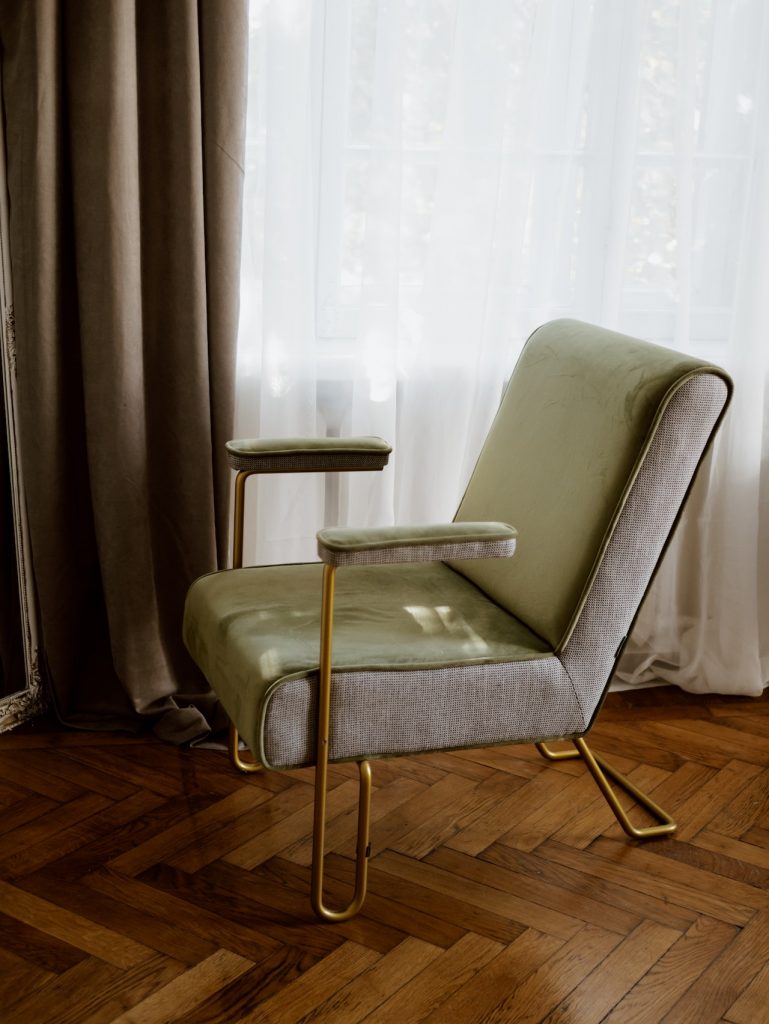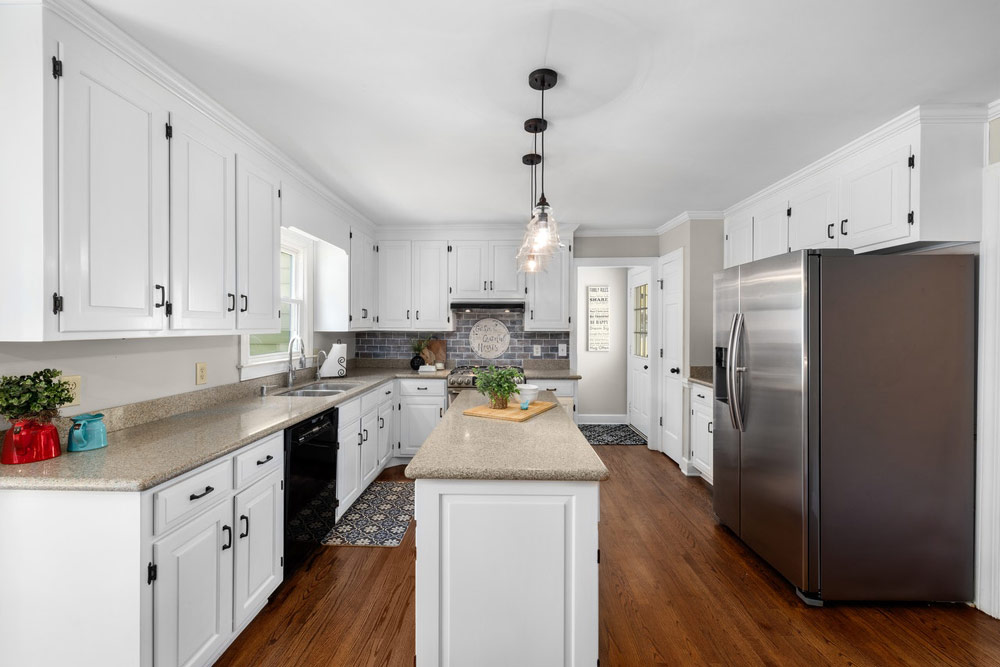
In the event that you feel the cold in winter, one of the most productive ways of warming you up is with savvy flooring. Not all flooring is made equivalent with regards to temperature guidelines, so the decision you make here could massively affect your family’s comfort and energy bills.
An overall manual for remembering is that the warm mass of a flooring material offers a sign of its appropriateness to your household. Lighter materials have a lower warm mass, and are in this way fitter to hotter climates, while denser materials will retain the hotness and keep your toes warm in colder climates.
Flooring options to consider in a cold climate are:
Carpet
Carpet is a smart choice for a cool climate because a good underlay will provide you with effective insulation, and the soft material will keep cold feet warmer. If you’re aggravated by allergens, choose a natural fiber, which can repel dust mites.
SPC Hybrid Flooring
Although they may appear at first glance to be more of a warm weather flooring, SPC Hybrid Flooring can provide some insulation against cold and retain warm, although they don’t store heat like carpet can.
Solid Timber
Solid timber flooring doesn’t store heat, but it doesn’t become as cold as other denser materials. You can further warm up timber flooring by adding rugs and hall runners. Timber tends to shrink and expand in extremes of temperature and humidity, making it best avoided in climates that vary from very dry to very moist.
Laminate
Laminate has increased in popularity during recent years because it mimics the look of timber, but with much lower cost and maintenance. It keeps floors warm in colder climates, and won’t expand or contract during extremes of temperature or humidity. Laminate also works well with radiant heat systems so is perfect for homes with heated flooring.

